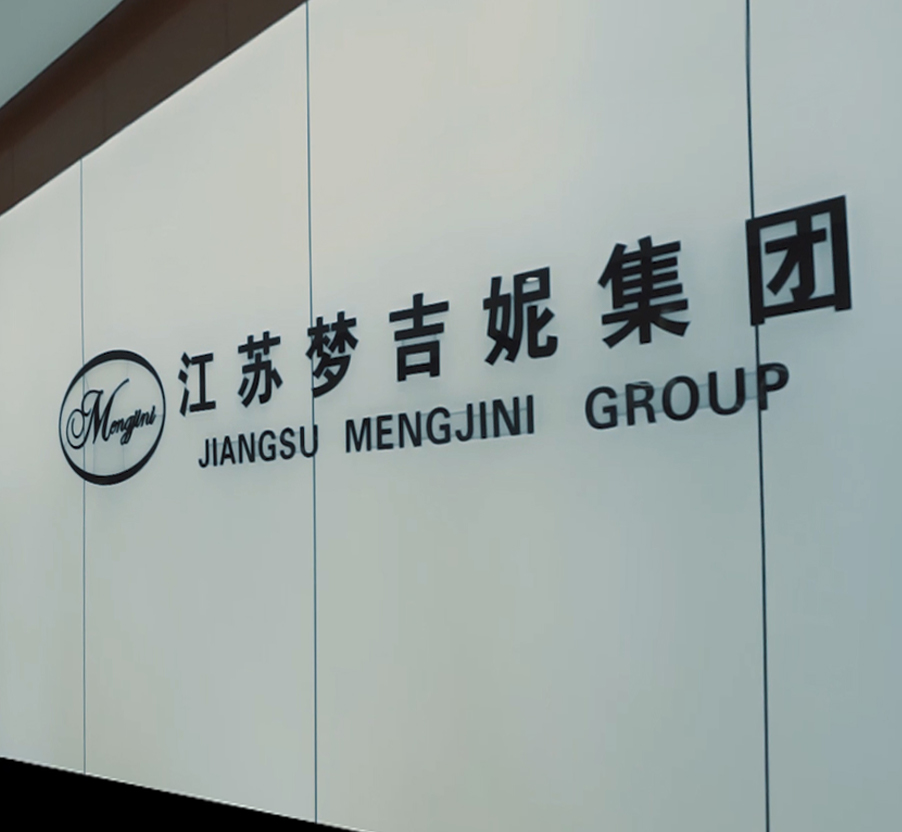What materials are jacquard fabrics usually made of? How do different materials (such as cotton, silk, polyester, etc.) affect static electricity differently?
Jacquard fabrics can be made of a variety of materials, including cotton, silk, polyester, linen, and blended materials.
Cotton: Cotton is a natural fiber with good moisture absorption, so it is not easy to generate static electricity in a humid environment. Cotton sheets are soft to the touch, comfortable, and suitable for sensitive skin.
Silk: Silk fabrics are also natural fibers with good anti-static properties. They also have a luxurious luster and a smooth touch, but they are more expensive and require special care.
Polyester: Polyester is a synthetic fiber that is prone to static electricity, especially in a dry environment. Although polyester is durable and easy to maintain, its comfort may not be as good as natural fibers.
Linen: Linen is also a natural fiber with good breathability and moisture absorption. It is not easy to generate static electricity and has natural antibacterial properties. However, linen fabrics are relatively rough and need to be adapted.
In general, natural fibers such as cotton and silk are less likely to generate static electricity and are more comfortable, while synthetic fibers such as polyester are prone to static electricity but are more affordable.
Is the special structure of jacquard fabric more prone to static electricity? How to reduce static electricity by changing the fabric structure?
The special structure of jacquard fabric is to form complex patterns and designs through the interweaving of different yarns. This structure itself does not directly cause static electricity, but since jacquard fabrics are usually dense, it may affect its hygroscopicity, thereby indirectly affecting static electricity.
Methods to reduce static electricity generation may include:
Increasing the proportion of hygroscopic fibers: Increasing the proportion of natural fibers such as cotton and linen in the fabric, these fibers have good hygroscopicity and can reduce static electricity accumulation.
Using antistatic fibers: Blending a small amount of antistatic fibers, such as conductive fibers, in the fabric can effectively reduce static electricity generation.
Fabric post-treatment: Post-treatment with antistatic finishing agents can form an antistatic coating on the surface of the fabric to reduce static electricity accumulation.
How does environmental humidity affect the static electricity generation of bed sheet sets? How to deal with static electricity problems in dry seasons or regions?
Environmental humidity has a significant impact on the generation of static electricity. In an environment with high humidity, moisture in the air can form a conductive film on the surface of the fiber to help release static electricity, thereby reducing static electricity accumulation. In a dry environment, there is less moisture in the air, and static electricity is more likely to accumulate on the fiber surface.
In dry seasons or areas, the following measures can be taken to deal with static electricity problems:
Humidifier: Use a humidifier to increase the humidity of the indoor air and reduce the generation of static electricity.
Use anti-static spray: Spraying anti-static spray on the surface of the sheets can effectively reduce static electricity accumulation.
Choose appropriate materials: As mentioned above, choosing sheets made of natural fibers such as cotton and silk with good moisture absorption can effectively reduce static electricity.
Softener: When washing sheets, use fabric softener. The ingredients in the softener can help neutralize static electricity.





